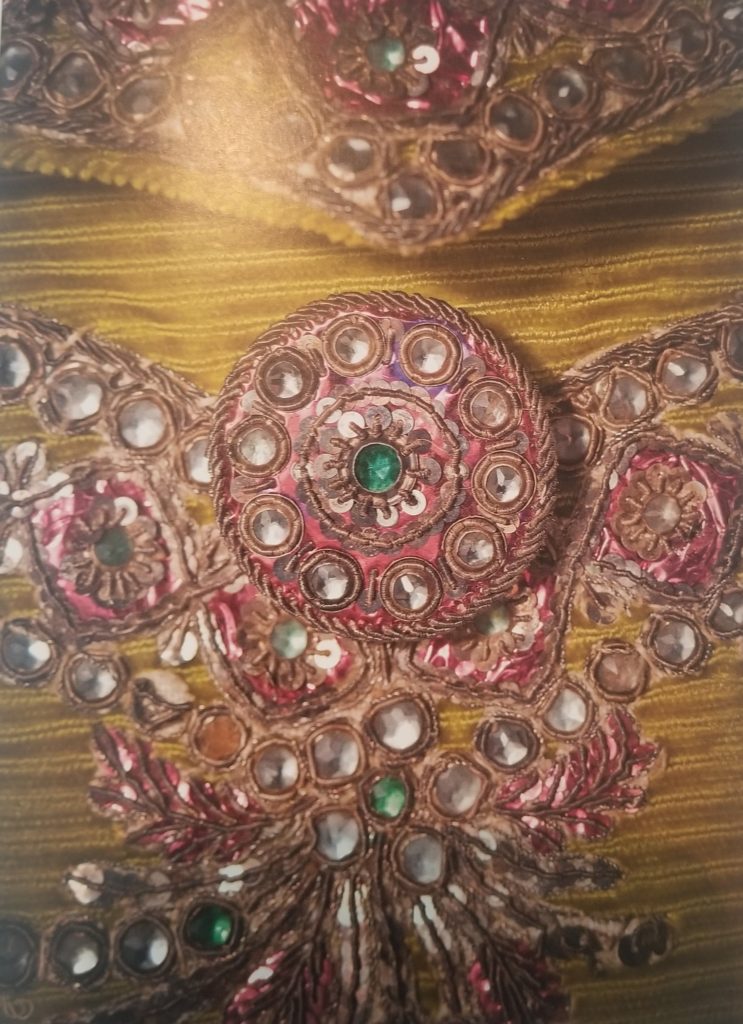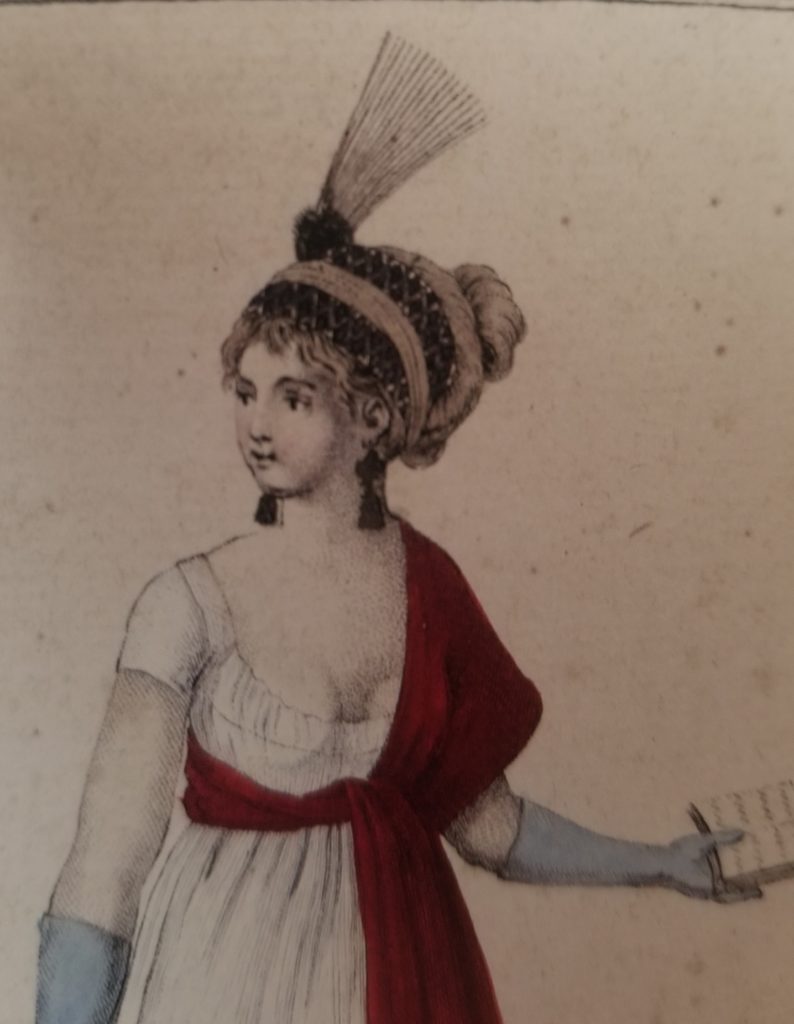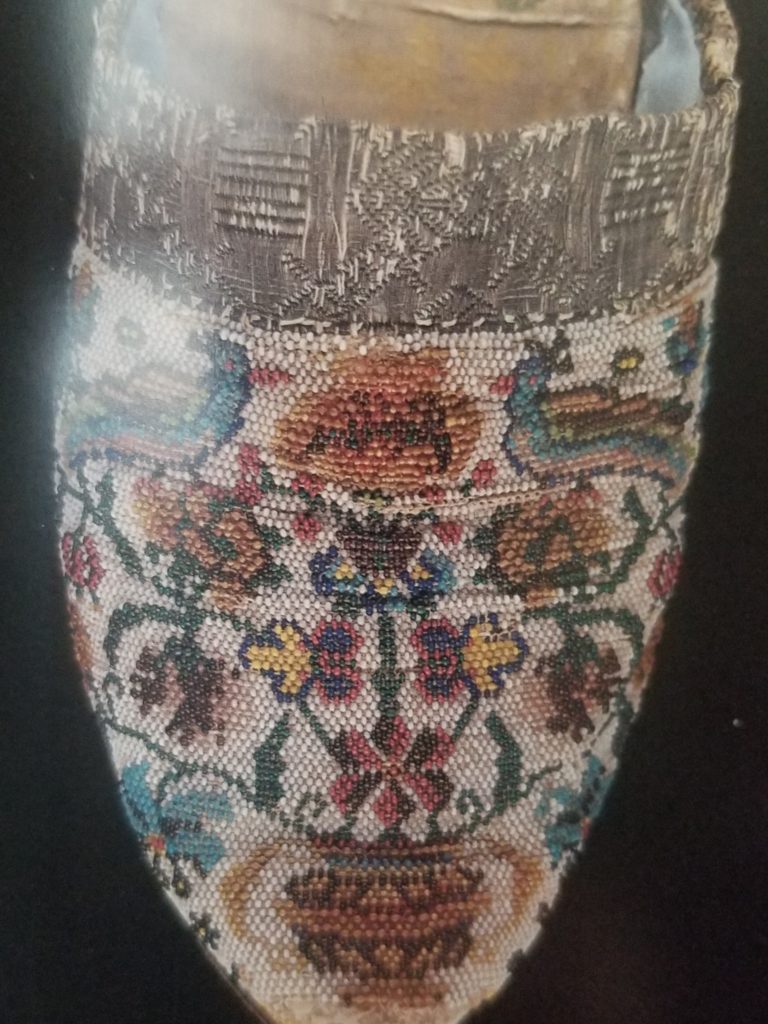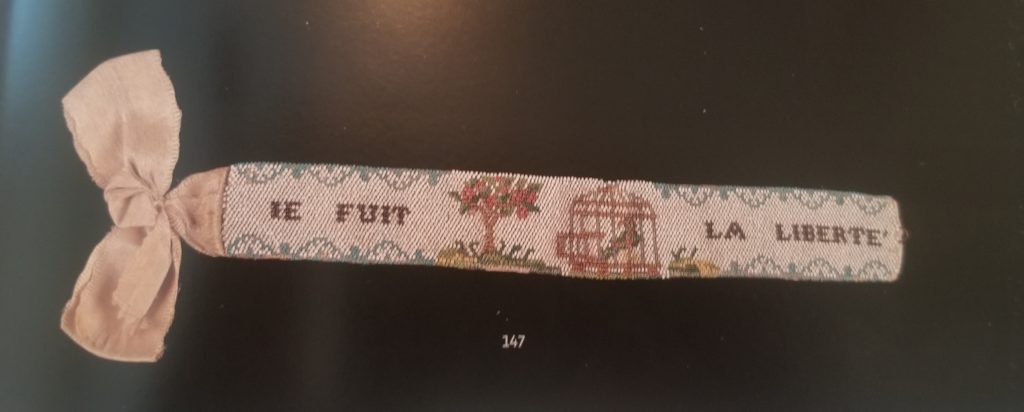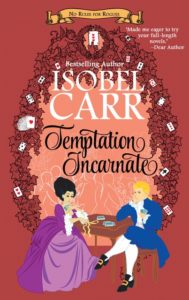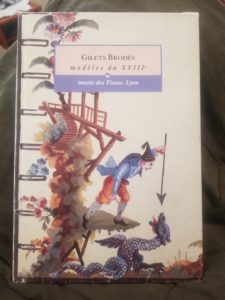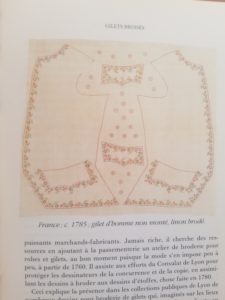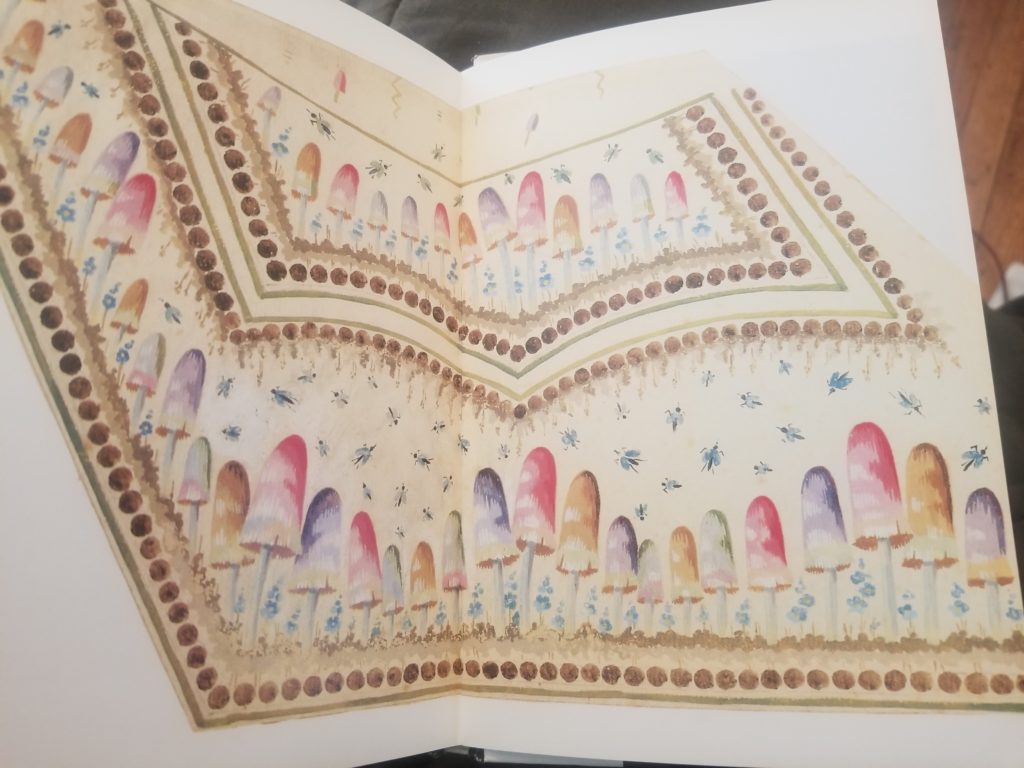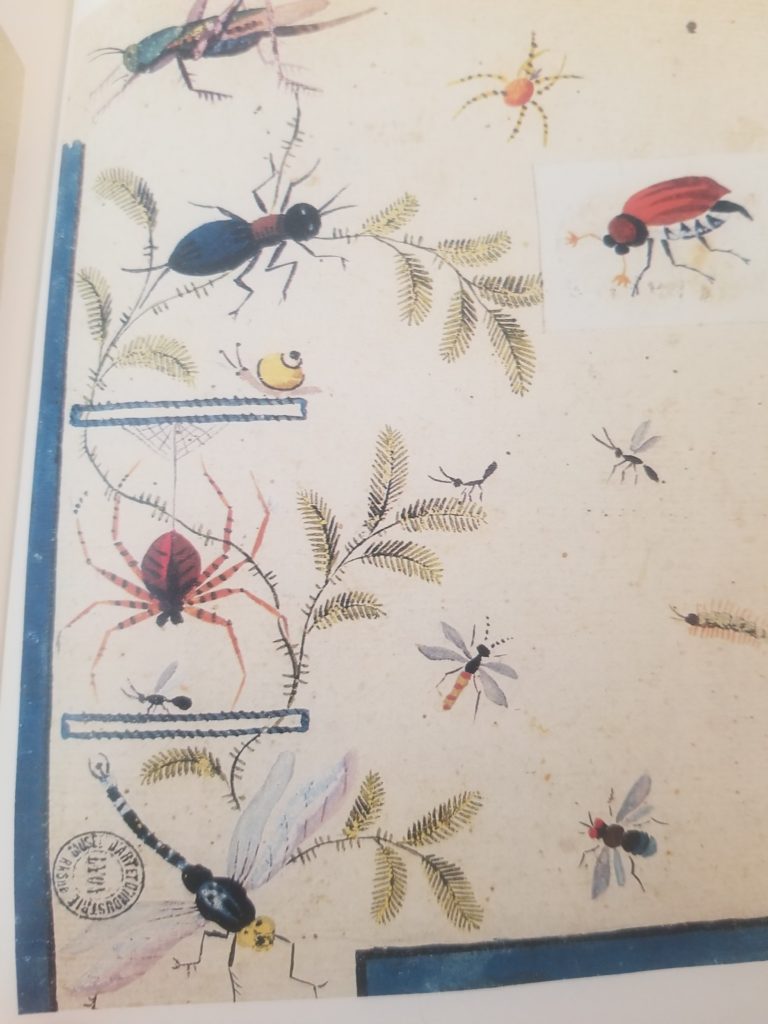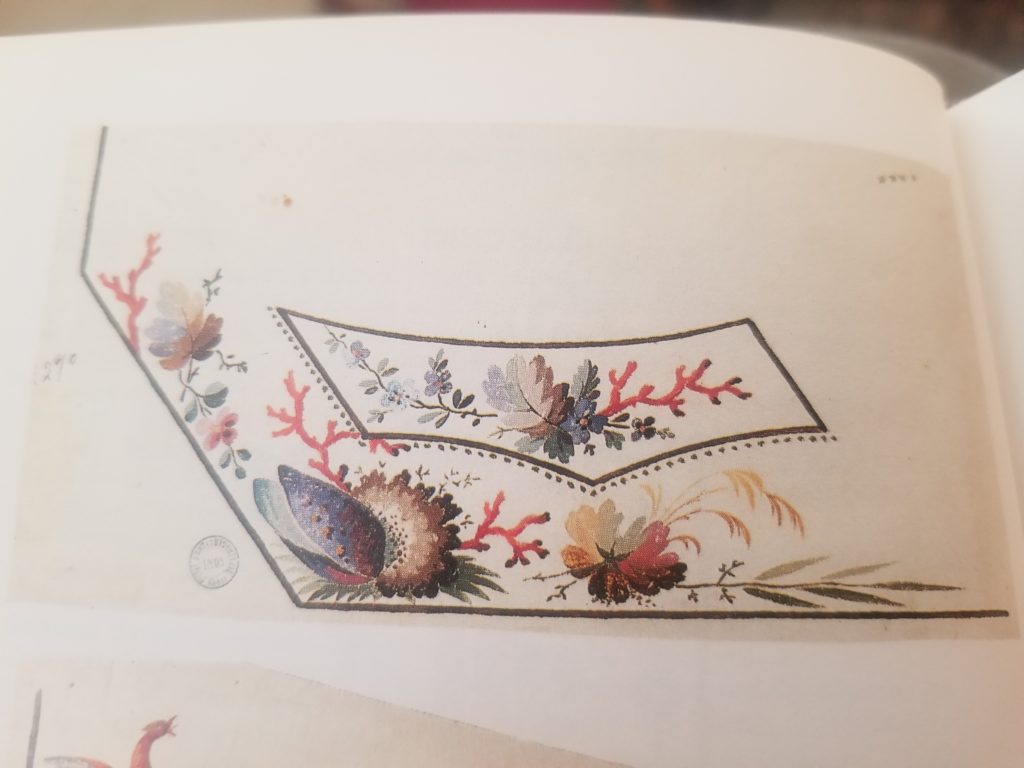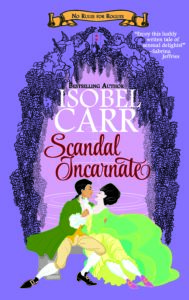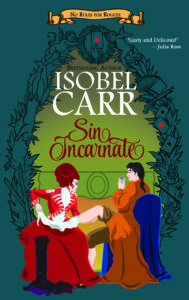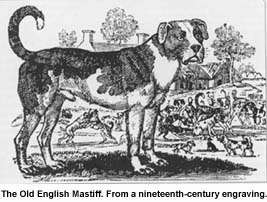While everyone is baking sourdough bread for the apocalypse, I thought I’d share something else historical you could bake if all that kneading and proofing isn’t your thing. Out of all the period recipes I’ve tried, the one everyone likes the most, and the one I make pretty regularly, is Rout Cakes.
When I did my original research for these, I found plenty of period references to them (dating from 1807 onward), but no recipes before 1824. Even the recipe in Tea With Jane Austen is from 1840. The recipes I did find bear very little resemblance to one another, especially as there are “drop” versions and versions that sound more like a thin cake batter (which call for icing), some call for currants, some don’t. It seems to be no different from modern recipes, e.g. some chocolate chip recipes call for nuts, some don’t (mine calls for a packet of pistachio pudding mix, but I bet most of yours don’t). Seeing as there’s no one way to make them, I don’t feel an ounce of guild about taking a small bit of creative license here and there.
A New System of Domestic Cookery (1824):
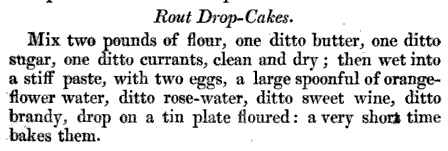
The Cook and Housewife’s Manual (1827):
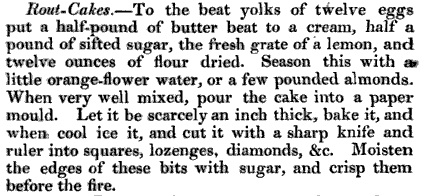
This 1827 recipe for Kent Drop-Cakes looks remarkable similar to the 1824 one for Rout Drop-Cakes:

So, once again I was left to tinker. I liked the idea of sweet wine (I went with sherry) and brandy. And I think currants are starting to grow on me . . . I couldn’t find orange blossom water on short notice, so I used a bit of zest. The dough came out at the constancy of Nestle Tollhouse cookie dough, and when baked, the finished product was similar to a modern currant scone (or at least it’s similar to the ones they sell at Peet’s Coffee and Tea here in the Bay Area).
- 1 cup butter (softened)
- ¾ cup sugar
- 2 egg yolks
- 2 tsp vanilla
- 2 tsp sherry
- 2 tsp brandy
- Zest of one orange
- OR 2 tsp orange blossom water (if you can find it)
- OR 2 tsp orange liqueur (Cointreau, Gran Marnier, etc.)
- 3 ¾ cups flour
- ½ cup currants
Preheat oven to 350º
Cream butter and sugar. Add egg yolks and beat. Add vanilla, sherry, brandy and zest or orange water/liqueur and mix. Add in flour 1 cup at a time. Add currants with last ¾ cup of flour.
Dough will be cookie-like. Make rounded balls the size of walnuts and bake on a parchment paper or Silpat 20-25 min (until golden). They puff up a bit, but don’t spread so you can put them relatively close together.
My friends’ reactions:
My sister ate the ones I left her and texted “Cookies. Yum!”. Amie thought they were “Medieval, but tasty”. Issa loved them (he’s easy to please). Kristie and I thought they were perfect with a glass of sherry, and would be wonderful with tea. We all agreed that they’d be exceptional with a little orange icing/glaze (orange juice mixed with powdered sugar). Liza’s daughter (who’s just starting to eat real food) ate two (ok, she ate one and crumbled one on the floor for the dogs, who begged for more). Children and pets clearly approve.

